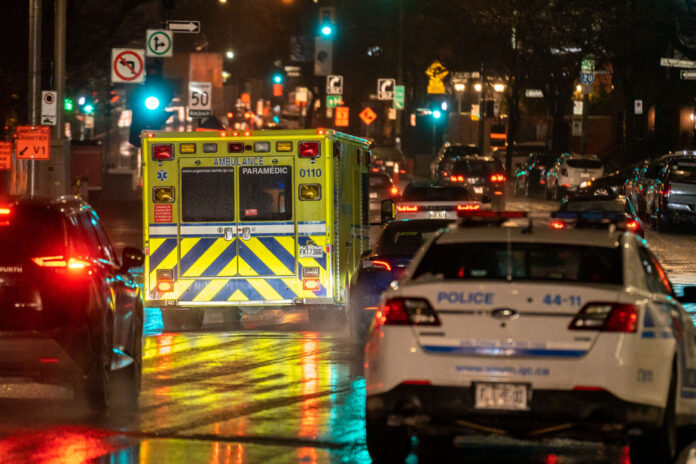(Montreal) At least 82 people have had to be evaluated in Montreal and Laval in connection with carbon monoxide poisoning since Wednesday, indicates Urgences-santé, while thousands of Quebecers are still without electricity following the ice storm and freezing rain.
Of all the people assessed, it was earlier reported that 43 people had been taken to hospital. A new assessment of those assessed did not specify the number of hospitalizations.
Urgences-santé reported no deaths on Friday morning.
The Regional Directorate of Public Health of Montreal (DRSPM) has for its part about sixty reports on its territory. However, it should be noted that some interventions may not yet be counted.
According to the DRSPM, “these poisonings put pressure on the emergencies which display, for some, an occupancy rate exceeding 200%”, she laments in a press release.
Carbon monoxide is a particularly malignant gas, since it is colorless and odorless. However, it can be very dangerous, since it can take the place of oxygen in the blood.
On Thursday, the Ministry of Public Security also recalled on Twitter the importance of not using fuel-burning appliances indoors, even if a power outage is prolonged.
“If you use a generator, place it outside in a ventilated area and away from doors and windows,” it was also recommended.
Fuel-burning appliances, such as some stoves, heaters or barbecues, generate carbon monoxide. “A closed house will store gas inside,” says Bilodeau.
“Symptoms can be very mild, such as headaches, dizziness, but in severe cases it can go on to convulsions or even death,” he says. Other signs include fatigue, visual disturbances, nausea, vomiting or loss of consciousness.
If you suspect the presence of carbon monoxide in your home, you must immediately go out and open the windows to stop being exposed to the gas.
In case of very mild symptoms, “call 811 who will help you,” says Mr. Bilodeau. But if it is a more serious poisoning, “call 911 so that Urgences-santé can move”.
“In the event of a prolonged outage in cold weather, check if your municipality has provided accommodations where you could go to ensure your safety,” adds the Government of Quebec on a page dedicated to this subject on its website.
At the height of the crisis, more than a million Hydro-Québec subscribers were plunged into darkness since the passage of the ice storm on Wednesday.


















